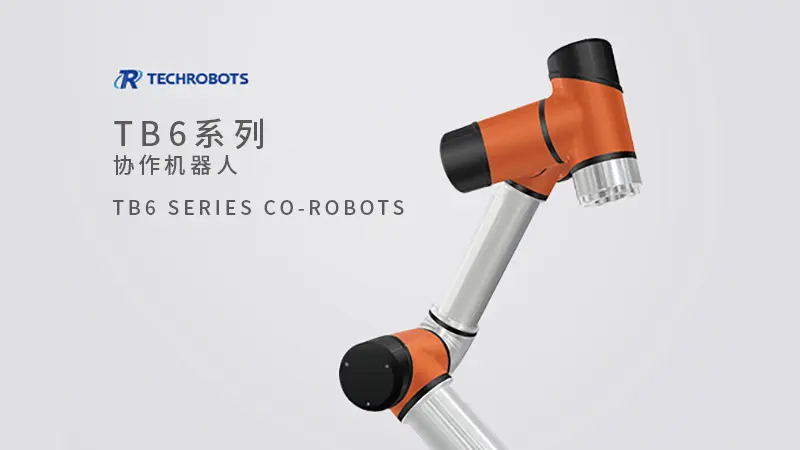What is robot load? What are the influencing factors?
Date:2021-02-23The robot load includes three important parameters: rated load, additional load, and effective load.
The rated load is also called the tool load. It refers to the maximum load of all the robot flanges in each posture. It is the sum of the mass of the fixture and the mass of the largest object that can be grasped. The rated load is affected by many factors such as the center of mass, total mass, motor and reducer power, arm length, speed, acceleration, and so on.
Additional load is also called armload, which refers to the load mass attached to each mechanical arm, such as energy supply system, valve, feeding system, material reserve, etc., subject to the trajectory, acceleration, cycle time, wear, and each axis motor and reducer Factors such as power.
The effective load is also called carrying capacity, which refers to the maximum load mass that the robot can handle when working. Not only the load capacity of the robot end-effector but also the additional load must be considered. If this load is exceeded, the robot will stop running or have accuracy deviations. In other circumstances, the current maximum payload of an industrial robot is about 4 tons.

Previous Article: Where is the strength of the seven-axis industrial robot?
Next Article: 4 key technologies of welding robots in the automotive field